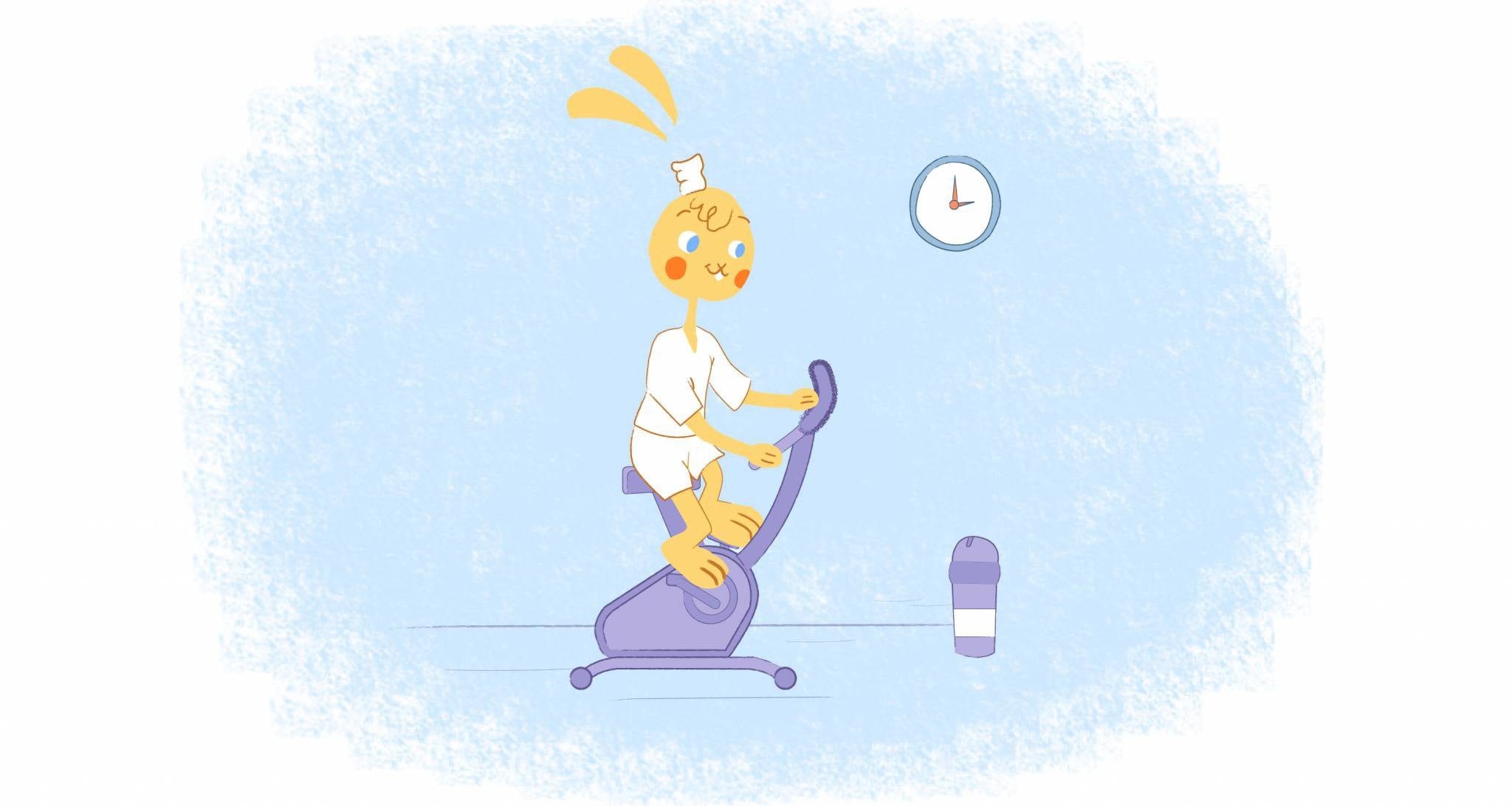

Although many people enjoy it, “working out” is just that: work. It’s easy to skip out on exercise in the morning or after a long day at the office.
Employers know that. They also know, however, that healthy employees are good for business. A Leeds Metropolitan University study found that on days participants visited the gym, they reported improved time management, increased productivity, and better interactions with co-workers.
Those perks bring up a question for business leaders: Is it worth paying employees to exercise?
Some tech companies think so. Facebook’s headquarters in Menlo Park, Calif., features a full-service gym, as well as a studio for daily workout classes. The campus also includes a rooftop park and walking paths.
Your company may not be able to afford Facebook’s facilities. But chances are, you can afford to pay workers for a half hour or so of physical activity. Here’s why it might be worth your while:
Happier Employees
Workers who don’t have the luxury of exercising during the workday have to fit it in somewhere. Fitting in an exercise session might mean struggling with a 5 a.m. gym alarm, or cranking out late at night long past their desired bedtime. With a midday workout, an employee will be:
Less stressed
Knowing that they can exercise at work can alleviate employees’ stress. Health and flexibility are particularly relevant to Millennials and Gen Z’ers, which are often referred to together as “Generation Active” and makeup 80% of all gym-goers. Allowing them to exercise at work can help them spend more time problem-solving and less time worrying about squeezing in their workouts.
Less distracted
Modern life is busy. Employees who can exercise at work aren’t forced to balance their personal health with other priorities at home. More free time in the evening is an attractive perk, whether it’s used to socialize, watch Netflix, or do household chores.
Happier, less distracted employees are a boon to office culture. But they don’t just make the company a better place to work; they also make it more productive.
Increased productivity
At first, allowing employees to exercise during their paid time might sound like it would hurt their productivity. They’re spending fewer hours at their desks, so surely employers should expect them to get less done — right?
The short answer is “no.” With the appropriate boundaries and policies in place, employers can get more out of workers in less time.
Research suggests that regular exercise has a lot of productivity-oriented perks: sharper memory, faster learning, prolonged mental stamina, enhanced creativity, and lower stress. Together, those things mean faster work, fewer errors, and more innovative ideas.
Think, too, about how those benefits play into collaboration. The endorphins released during exercise can create a happier person, who’s easier to get along with and more open to others’ ideas. That has ripple effects across the team, ultimately improving output and quality of work.
A Healthier Company
Unhealthy team members can affect the health of the entire company. This condition is sometimes called “presenteeism”: Employees dealing with illness, injury, or a lack of personal investment do not function at 100% when on the job.
By letting employees exercise on company time, companies can combat presenteeism. The healthier the employee is, the less they cost to employ. Healthy team members reduce company expenses in a couple of crucial ways:
Lower health insurance costs
Employers with frequent health insurance claims typically pay more in monthly premiums. Regular exercise reduces the frequency and number of employees in need of healthcare.
Around 180.5 million Americans are obese or overweight. Direct healthcare costs related to weight management issues approach $500 billion per year, not to mention the soft costs of lost productivity.
In particular, a healthier weight means a healthier heart. As the leading cause of death to Americans, heart disease is expected to cost the American health system $1.1 trillion by 2035.
Daily exercise can help employees fight chronic health issues that would otherwise require costly medications, surgeries, or treatment. A gym membership tends to be more affordable than a monthly prescription, not to mention the benefits to quality of life.
Tax efficiencies
If an employer does not have space or resources for an in-house gym, they can offer employees gym memberships and the freedom to go during the workday. That could mean significant tax savings.
If the employer can prove that the business is the primary beneficiary of the policy, fitness memberships are not taxable benefits. It’s cheaper for employers, in other words, to spend money on gym access than the equivalent amount in salaries.
Neither gym memberships nor letting employees exercise on the clock are free. But for multiple reasons, the perk’s return on investment is probably numerous orders of magnitude higher than its cost.
Fitness should not be something your team members need to sacrifice for. Encourage them to take care of themselves on company time, and they’ll take care of your company in return.










Howie Jones
My name is Howie and I'm a Customer Success Manager at Calendar. I like to ensure our customers get the best experience using our product. If you have questions email me howie at calendar.com